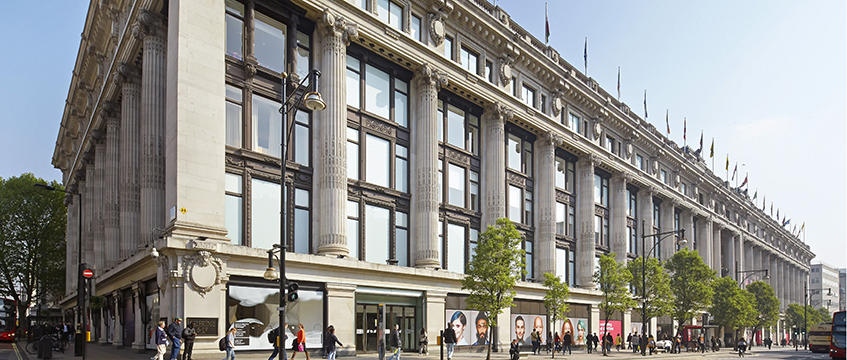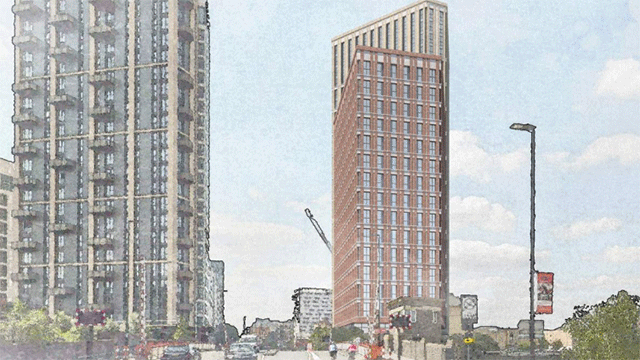The number of workers in England and Wales has grown seven times faster than the amount of commercial floorspace since 2016, according to a new study.
The size of the workforce has grown by 4.5% over the period, while workspace has grown by just 0.6%, according to research by Search Acumen.
As a result, it said, the average floorspace per employee has dropped by nearly 4%.
Search Acumen director Andy Sommerville said: “Forget the residential race for space; the squeeze on workspace is impacting employees across the country.
“Our work environments are shrinking, and so are our homes, as many use spare rooms and living room nooks for full-time office work. Space continues to be a premium asset both to work in and to live.”
The study showed that businesses across England or Wales now collectively own or rent 6.26bn sq ft – an increase of just 40m sq ft of floorspace since 2016.
Sommerville added: “Although the trend in hybrid working post-pandemic has positively converted into new flexible working legislation for many occupations, home technology and regional infrastructure will now need to work harder to keep up with shifting needs.”
London has borne the brunt of this shift, with the average space per worker falling by 14% since 2016. Total commercial floorspace in the capital has fallen by 6% to 700m sq ft, a loss of 45m sq ft of business space.
At the same time, the capital’s workforce has grown by 9.2%, adding 412,159 people.
As a result, the average floorspace per employee across England and Wales has fallen by nearly 4%, dropping from 220 sq ft in 2016 to 213 sq ft.
Sommerville said: “These regional nuances represent our evolving commercial markets as we move away from office and retail anchored against our capital – where sectors saw an overall decline in the last seven years by -6% and -1% respectively – towards regional logistics, manufacturing and warehousing industries.”
The East Midlands was found to be the only region where the growth of commercial floorspace at 7.7% had exceeded the growth of the regional workforce at 4%. This was influenced by a 164% increase in the annual supply of logistics and industrial space, equating to 5.37m sq ft in a single year, according to Savills’ figures. Industrial space in the region grew by 11% over the period.
“Demand from retailers in this space has increased thanks to e-commerce, with counties like Leicestershire leading the pack,” said Sommerville. “Well-placed to serve logistic needs, it saw a mammoth 26% jump in industrial floor place since 2016 alone.”
To send feedback, e-mail piers.wehner@eg.co.uk or tweet @PiersWehner or @EGPropertyNews











